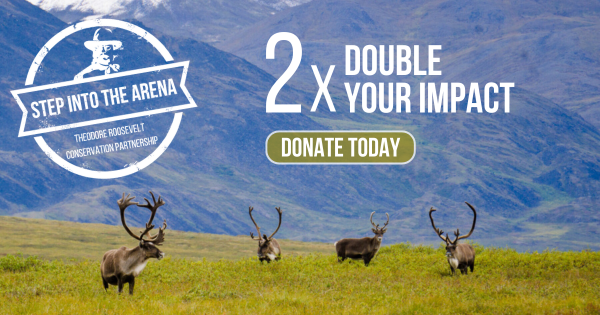Southeast Oregon high desert is rugged and compelling country with over 4 million acres for the public to access. From the breaks of the Owyhee and Malheur Rivers to the rugged mountains of the Oregon Canyon Mountains, the topography is rich with sagebrush and native grass ecosystems supporting abundant wildlife.
Big game such as mule deer, California big horn sheep, Rocky Mountain elk, pronghorn, as well as upland birds such as sage grouse, chukar, California quail and native trout are present here.
The redband trout population in the Malheur River is thought to be derived from the Columbia Basin redband trout when a lava flow isolated the basin from the Malheur River drainage 8,000 to 10,000 years ago.
I set out to explore the countryside and fish the rivers for trout. After hours of driving, a dusty stretch of road emerges where there’s no fence line blocking an entry to the river. It’s almost dark, and I set up camp and fall asleep to the sound of the river at my feet.
The call of a western meadowlark wakes me up at 5 a.m., reminding me of my childhood days in church listening to the choir hum Amazing Grace. I rise out of bed, brew some coffee, and change my fly to a subsurface beadhead because the river is moving fast and the visibility is about two feet.
The bank is green with tall native grasses; I analyze the river, determining where a fish might lie. There’s a small pool whirling behind rocks and a soft seam hugging the bank. My first cast is to the grassy cut bank. I make a cast up stream, strip the line fast to stay with the current, take a couple steps up stream and cast again.
To find an aggressive fish, I keep covering the water. My next cast is behind a rock where the current is moving at a considerable pace. The trout explodes; cart wheeling and breaking the surface. She’s strong, pulling, not giving in. After a few minutes I get her to the bank, remove the hook and release her back to the cool waters of the high dessert. This is what I came here for.
Experiences such as this keep me coming back and fuel my enthusiasm to see these special places conserved for future generations. I’m proud to be working to ensure the conservation of these resources through my work with the TRCP.
Sign up here to follow more stories such as this.
Mia Sheppard is TRCP’s Oregon field representative. She lives in Brightwood, Ore., with her husband and daughter. In her free time, she fishes for steelhead and trout throughout the Pacific Northwest.






